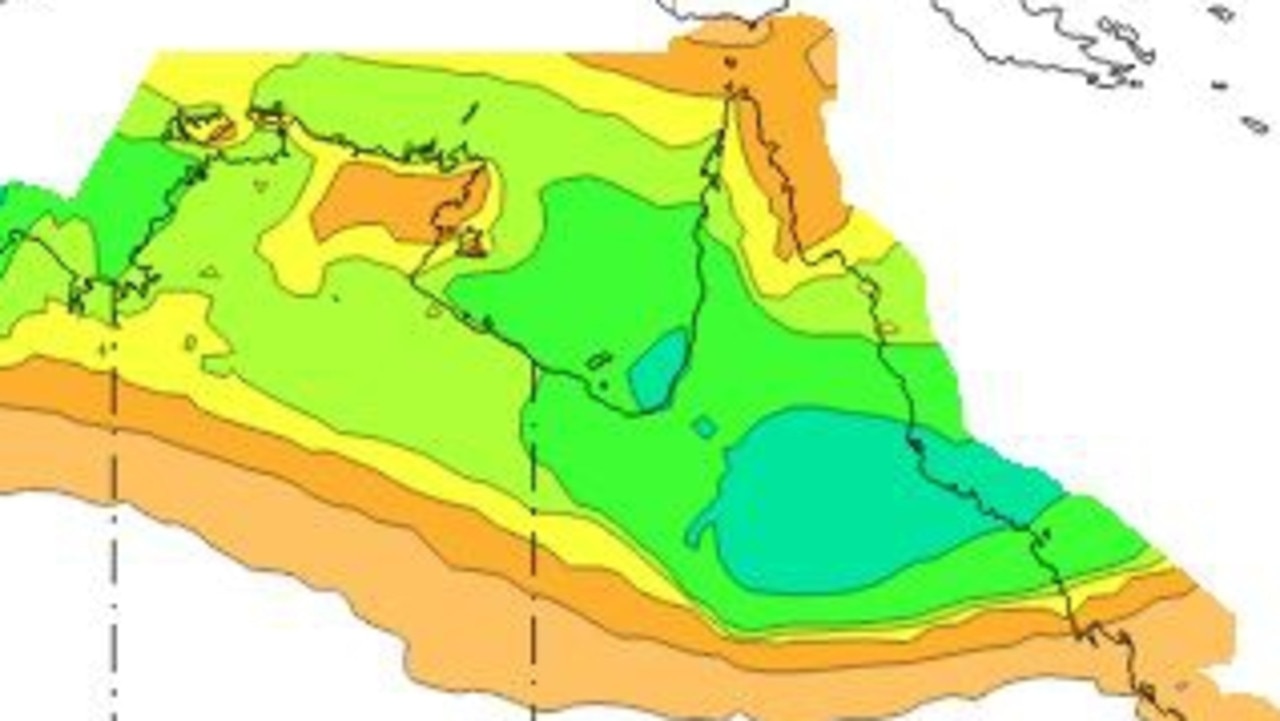Push to protect Cape York’s iconic palm cockatoo
Laying one egg every two years and a parrot housing crisis have led to the decline of the endangered palm cockatoo. How you can help the Cape York species recover.
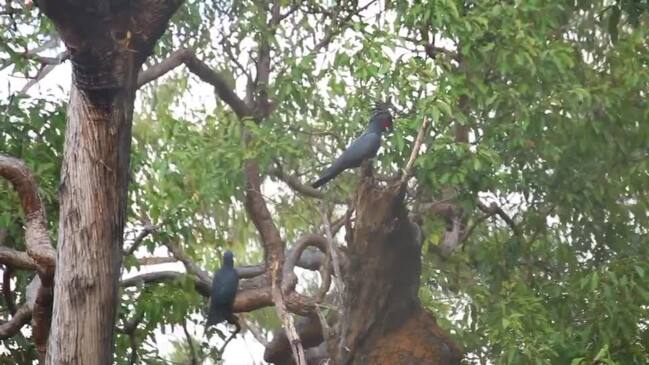
Cairns
Don't miss out on the headlines from Cairns. Followed categories will be added to My News.
The largest Australian cockatoo by weight and a Cape York icon needs your help.
Laying one egg every two years and a parrot housing crisis have led to the decline of the endangered palm cockatoo, of which there are now fewer than 2000 individuals left in the wild.
But Cairns-based not-for-profit, People For Wildlife, has partnered with ecologist Dr Christina Zdenek to create new nesting sites for the iconic species.
Measuring a massive 65cm in length palm cockatoos need large nesting hollows that can only be created in old growth trees of about 300 years-of-age.
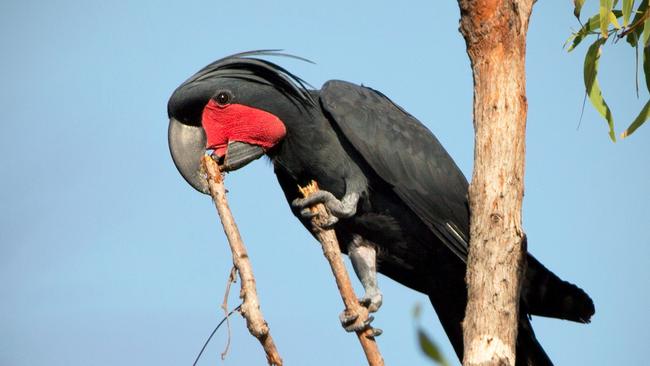
“First, a tree trunk must be hollowed out by termites and fungi that enter the tree via a small fire scar at the base of the tree,” Dr Zdenek said.
Then, a cyclone or the like needs to twist the top of the tree off, exposing the termite-mud-gut centre of the trunk.
“This incredibly hard material slowly erodes away via rain, eventually hollowing out a large enough space for the palm cockatoo to nest in.
“The natural creation of palm cockatoo real estate is a complex and slow process that takes over 100 years in an already old tree.”
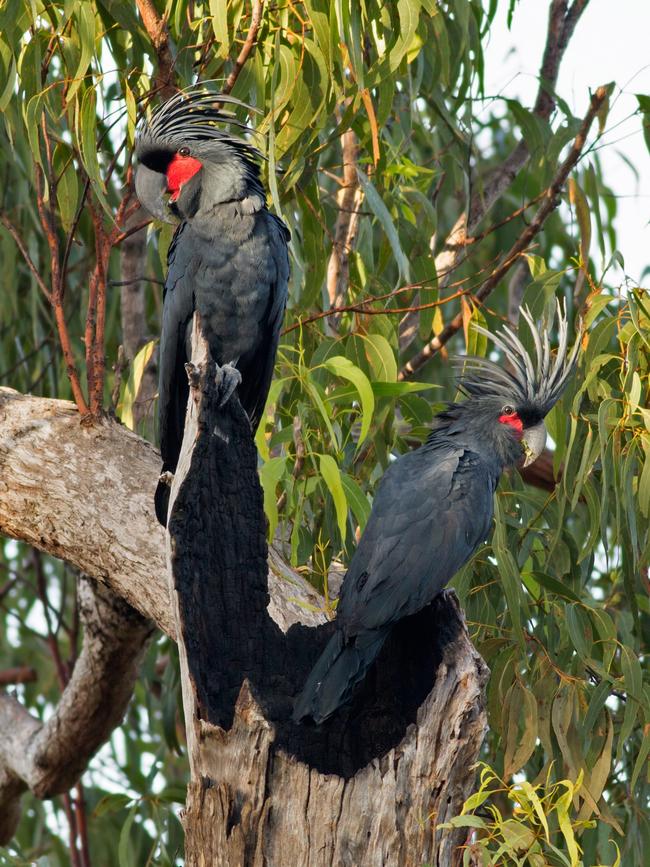
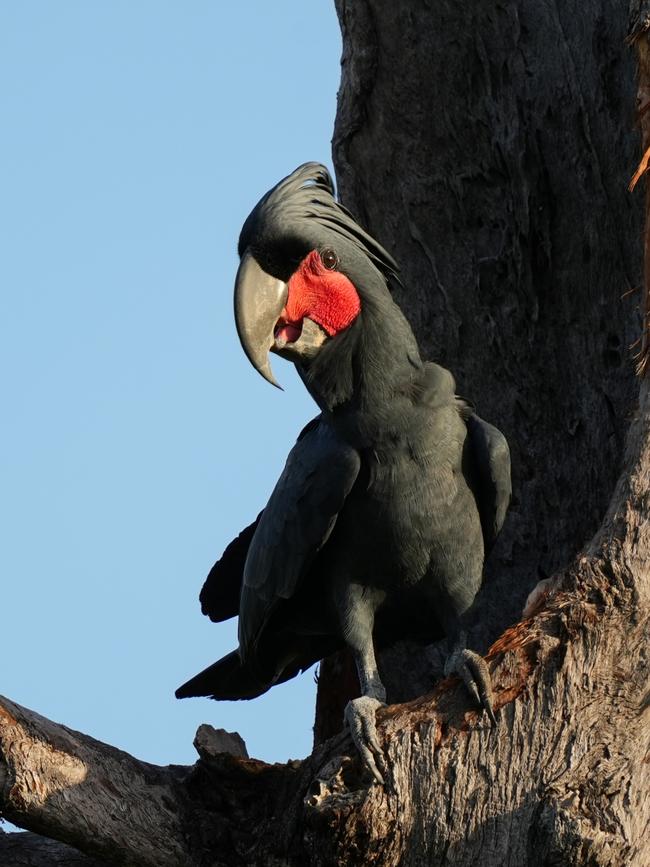
People For Wildlife received $67,546 of funding from the Queensland Government’s Threatened Species Research Grant program but DrZdenek said more was needed to fill knowledge gaps to help the palm cockatoo recovery and building of artificial nesting hollows.
“So that’s why we are calling out for community support today on World Parrot Day (on Friday) and for people to sign up for the Palmy Army,” she said.
“Now, more than ever, is a crucial moment to pledge your support to help palmies by joining the Palmy Army.
People For Wildlife executive director Dr Daniel Natusch said government funding would be used for nest site surveys and to capture audio data to develop a call recogniser as well as installing nest cams to record cockatoo family life and to learn why nests fail.
“We will also create protective fire breaks around nest trees, plus build artificial nesting hollows to create new homes,” he said.
Palm cockatoos or “palmies” are a bit of a rock star and have even been nicknamed after the Beatles drummer Ringo Starr.
The male palmy has a unique knack for making drumsticks out of branches to bang out a beat on tree trunks to mark territory and attract a mate.
Just $300 per year will protect one nest tree from destructive fires.
To help visit the People For Wildlife donation page.
Originally published as Push to protect Cape York’s iconic palm cockatoo



